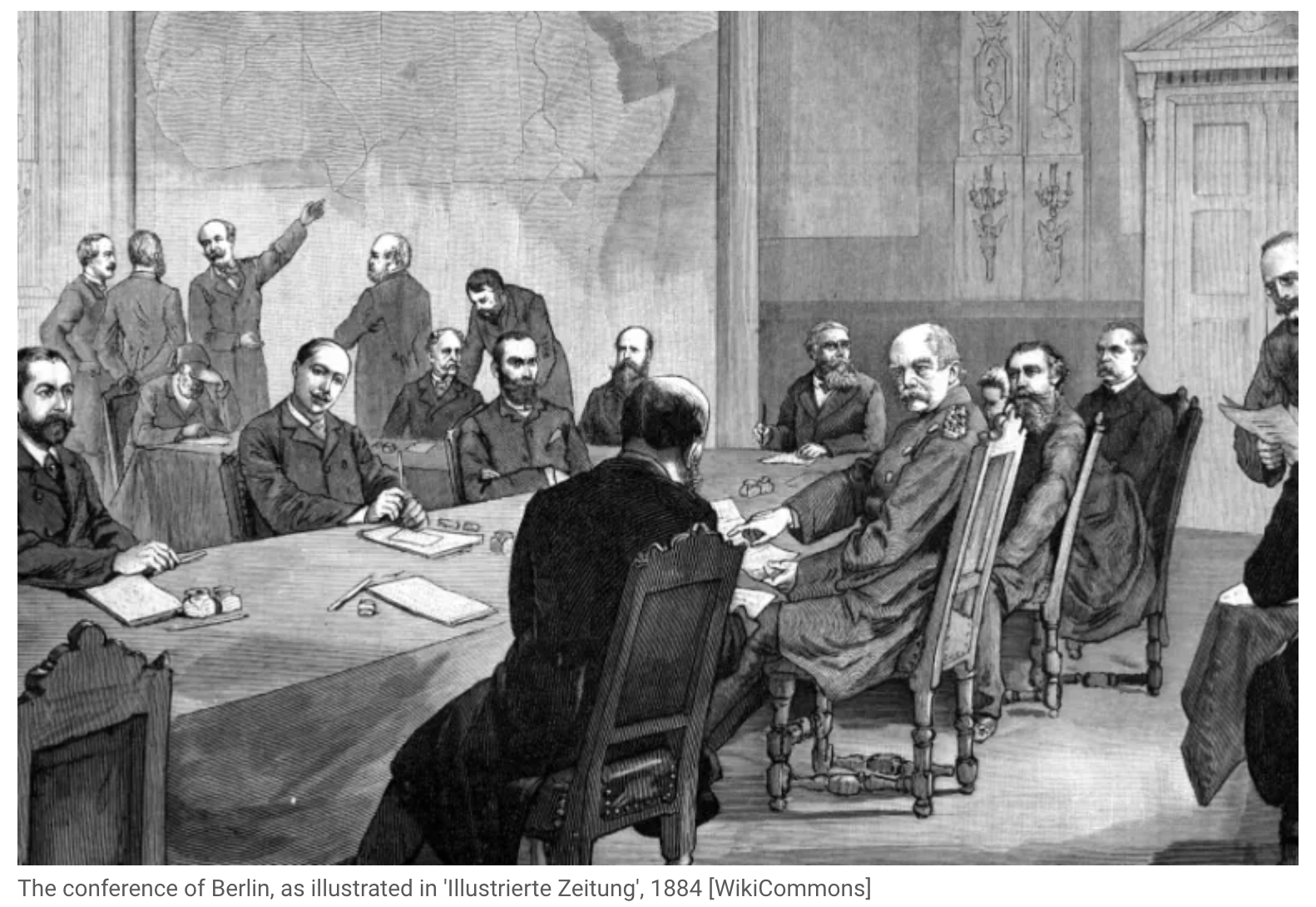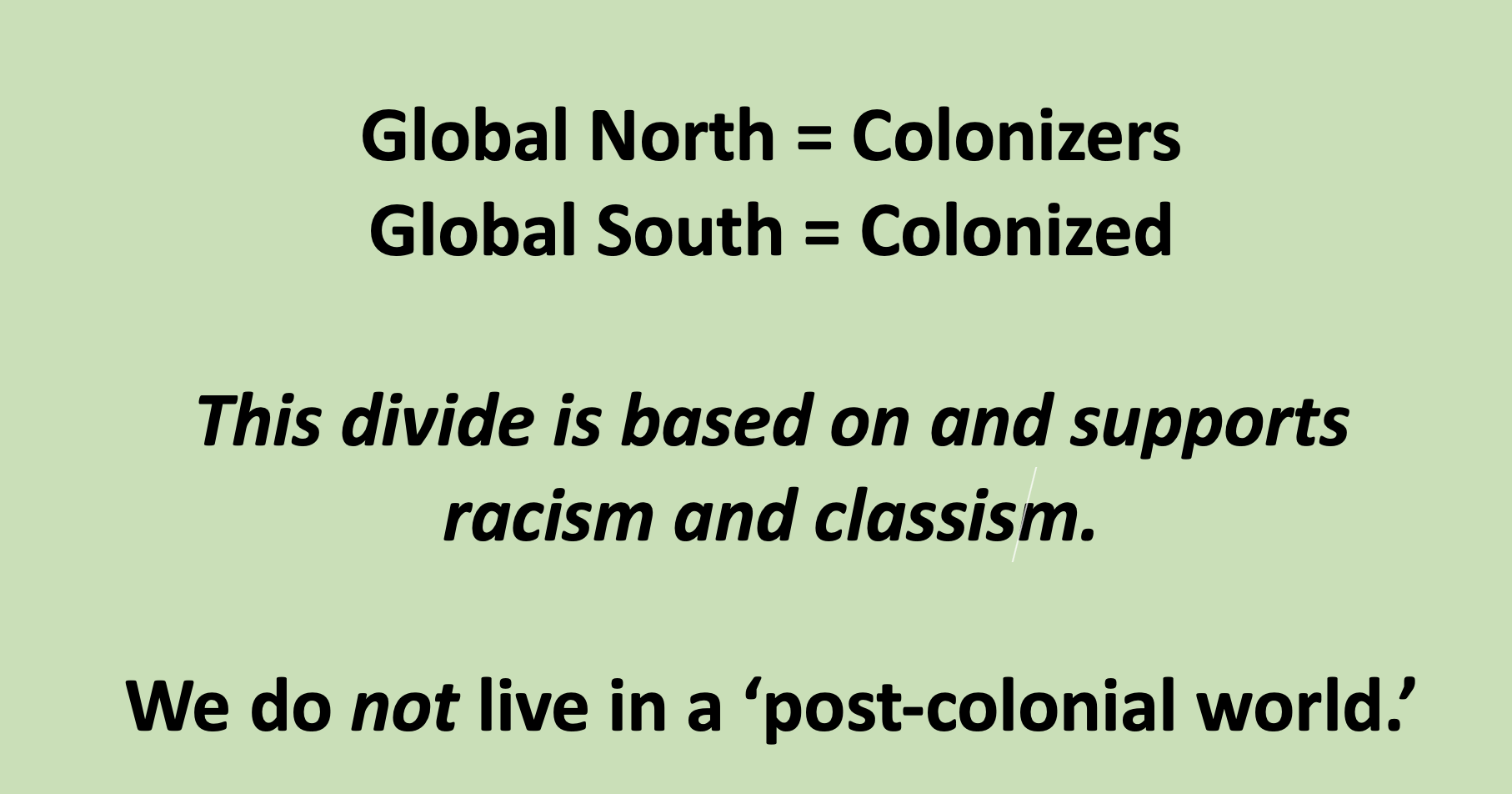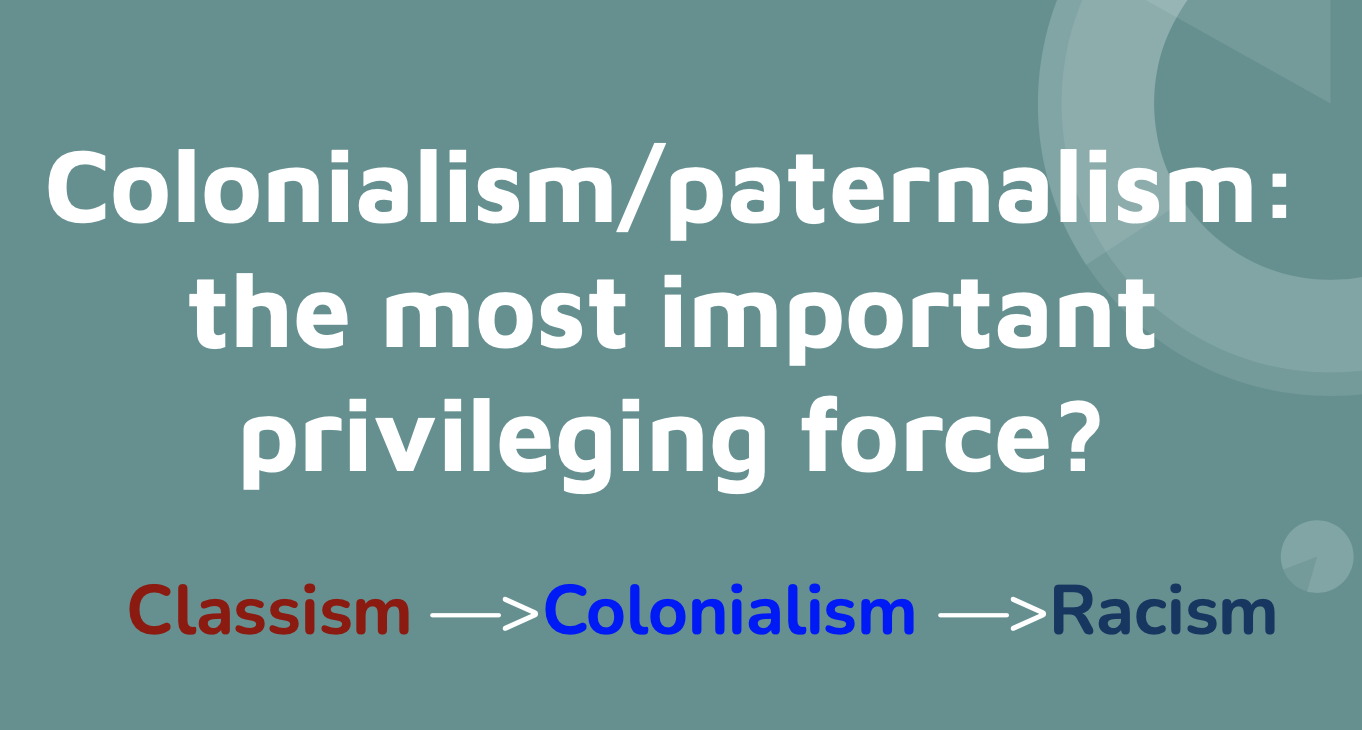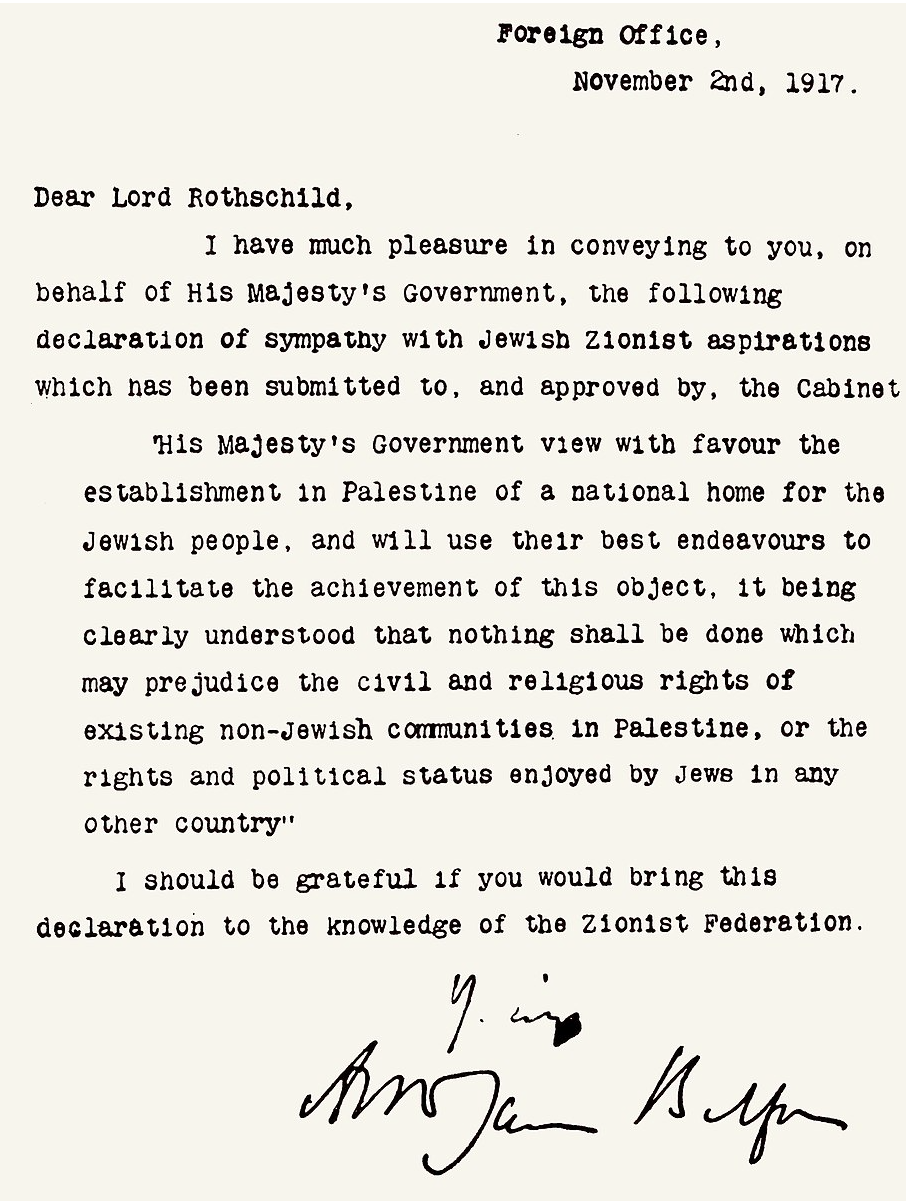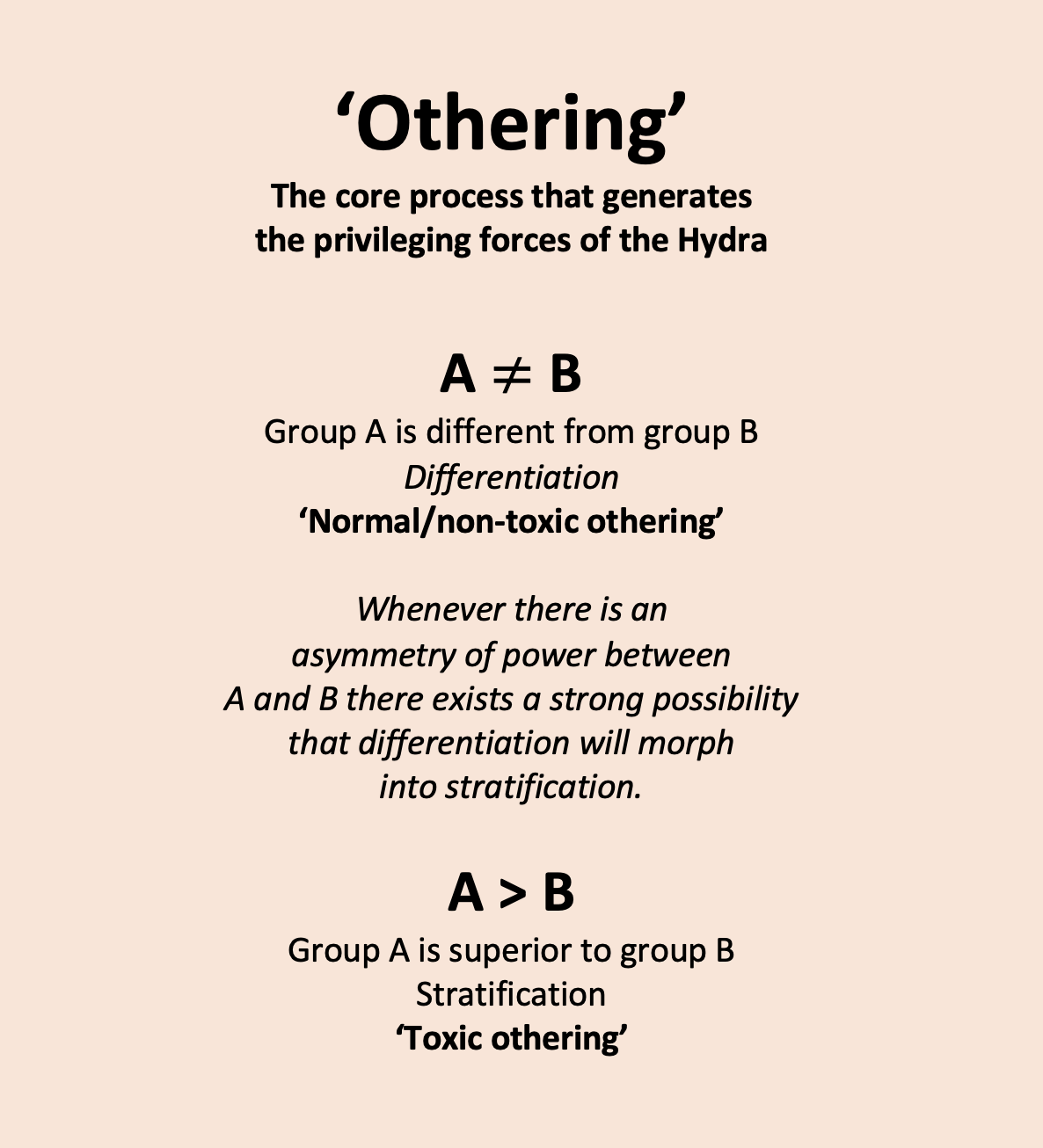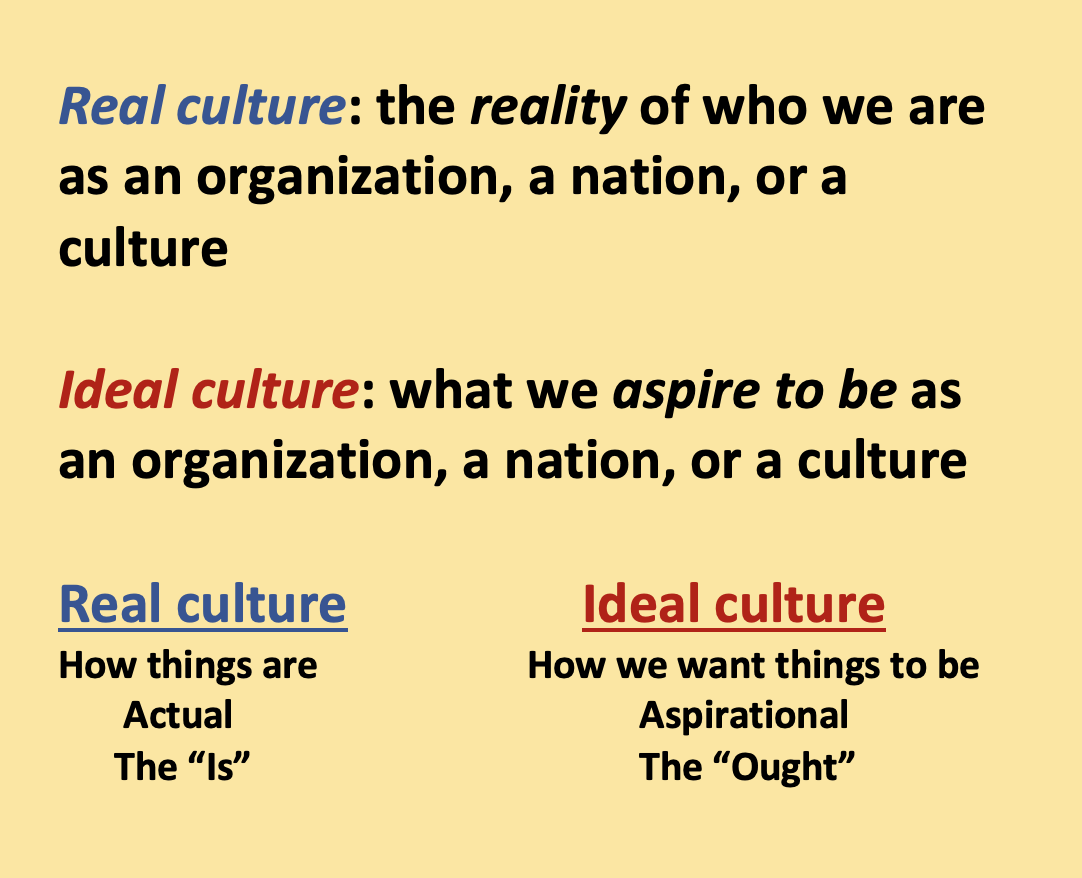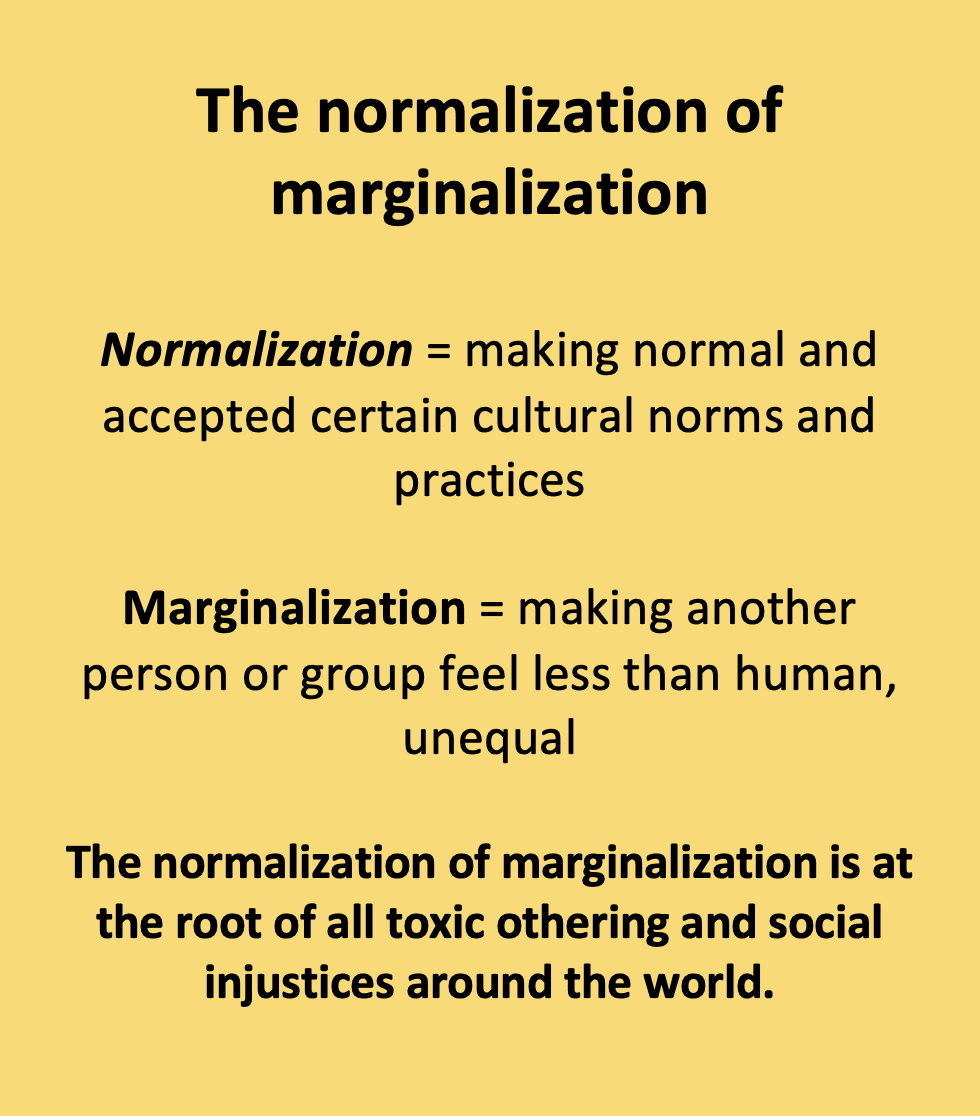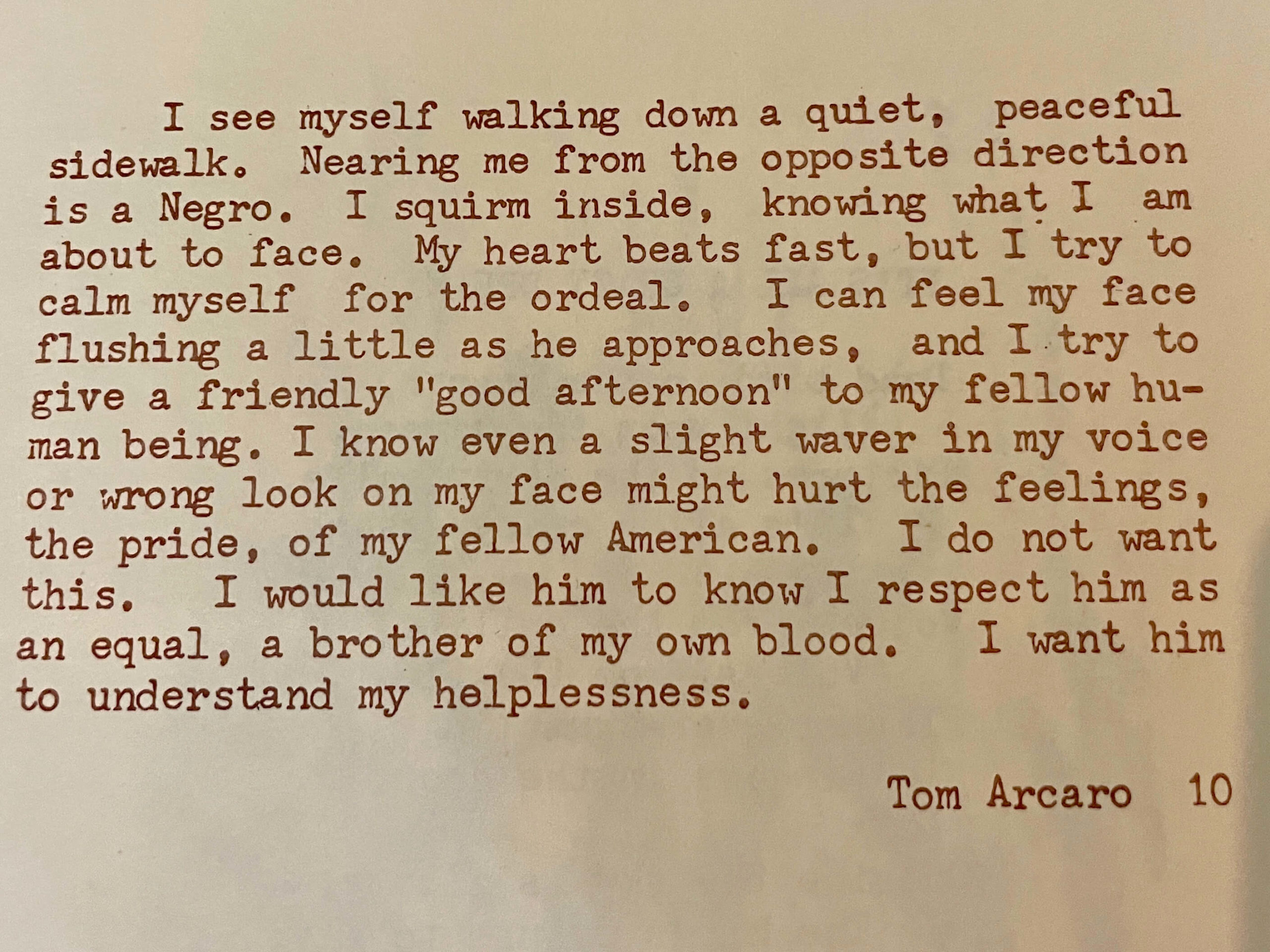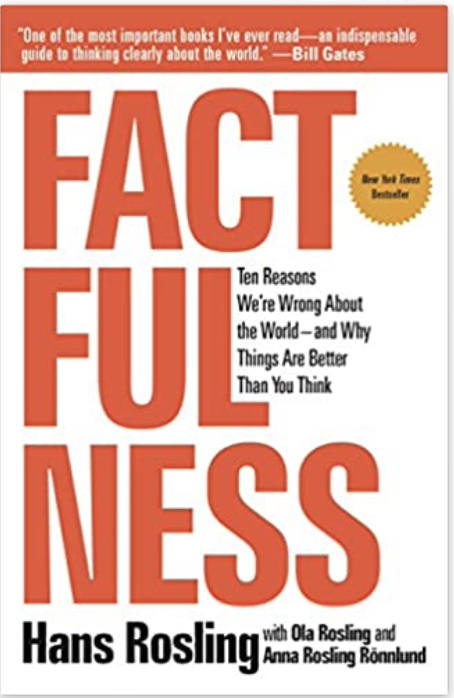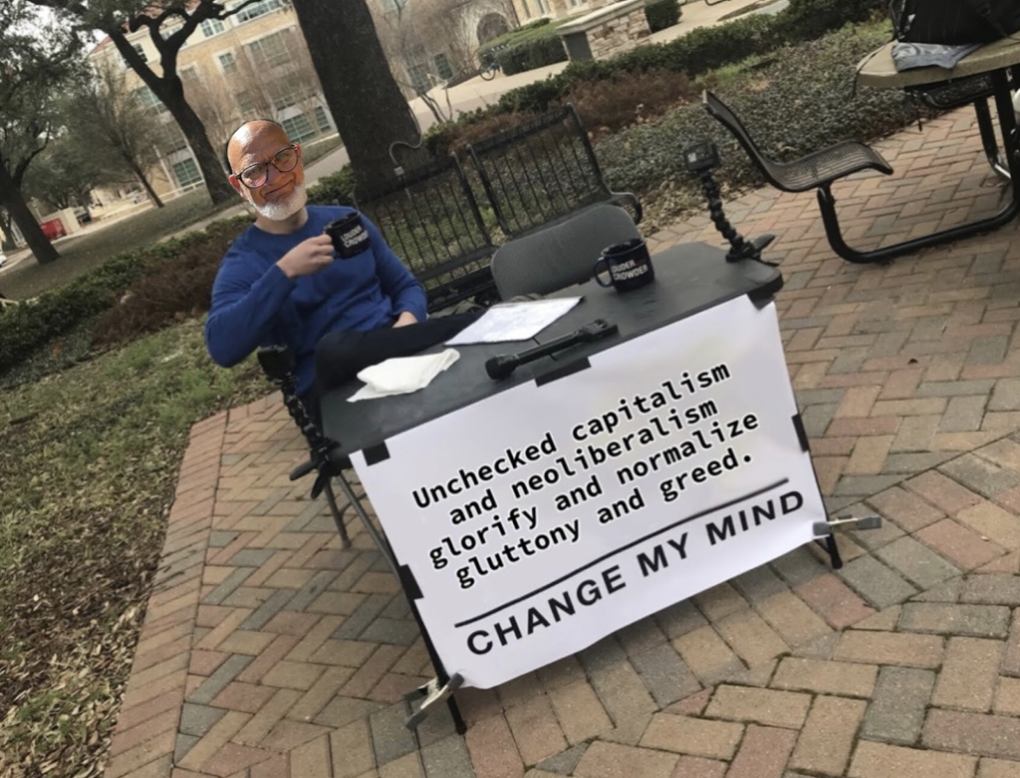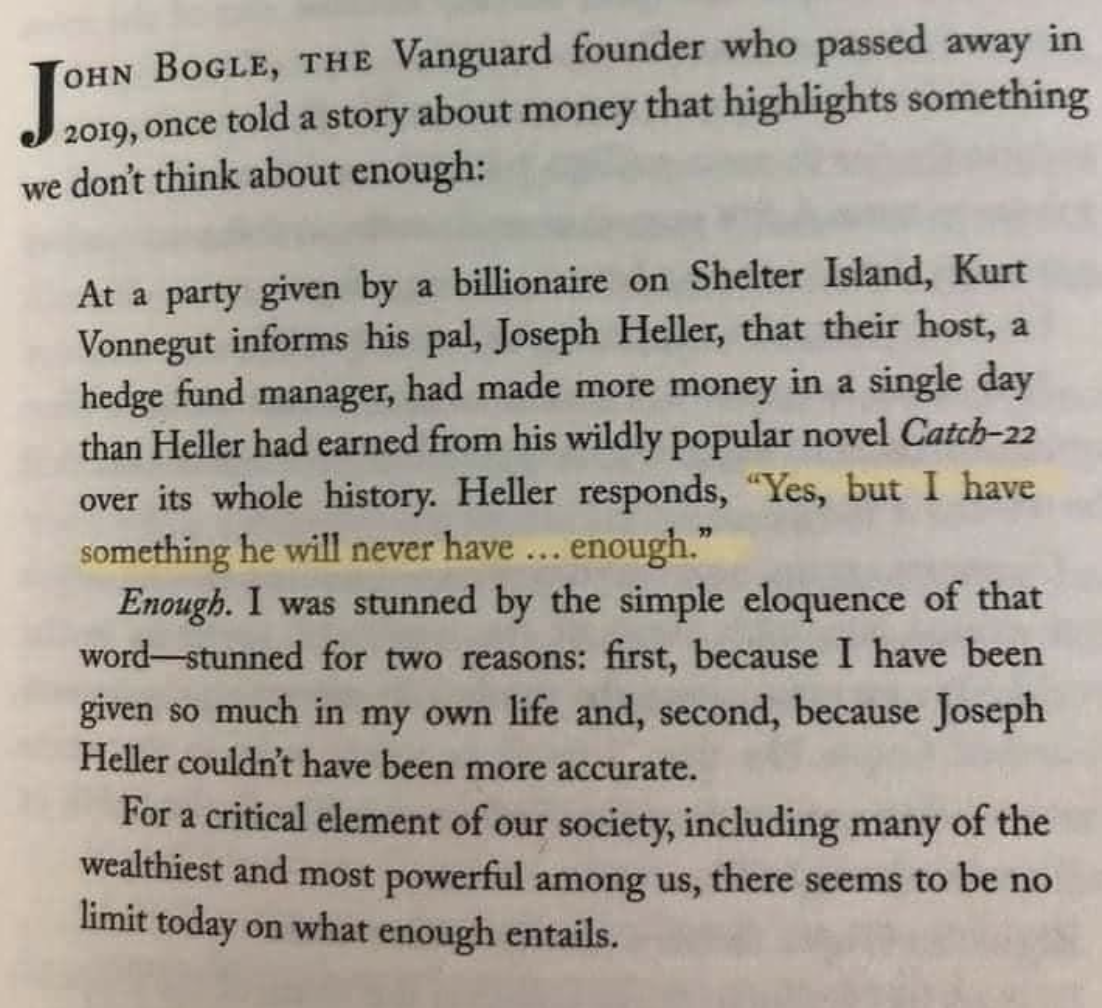Elon University students consider Critical Hydra Theory (CHT)
Introducing CHT in a 100 minute class
Recently I presented the concept of Critical Hydra Theory to 4 classes of Elon University students. Included were three sections of our first year seminar The Global Experience taught by my colleague Dr. Karen Wirth and the fourth my Introduction to Sociology class. The vast majority of these students are first year’s and none had heard of CHT before this class. Dr. Wirth and I had our students write an essay about what they took away from the session. Below are the five best submissions. Each of these exceptional students will have a modest donation made on their behalf to a humanitarian cause of their choosing.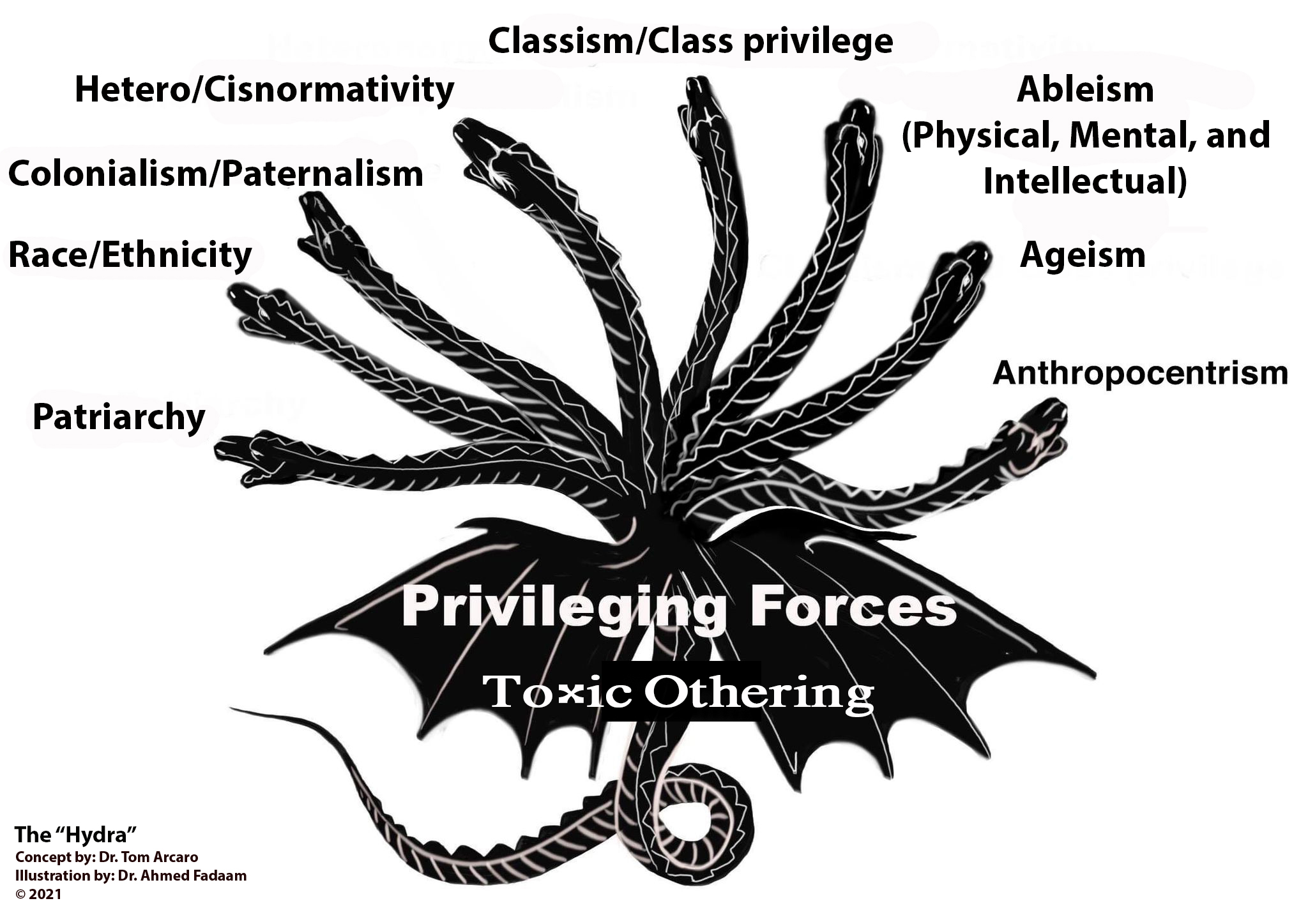
Critical Hydra Theory
By Emma Hash
On a globe scale, true equality is not something that we have obtained since the beginning of agriculture. Once
there was an opportunity for a surplus mankind seized the gap and skewed the playing field. In the early Holocene days, superiority was judged on a material scale: who had the most food and weapons? Now as evolution goes, we have changed drastically and decidedly judge others based on numerous factors, those of which we call privileging forces. These forces are represented by eight hydra heads on the Hydra Theory Model (Arcaro) , and they specifically define factors in which inequality seep out of; patriarchy, race/ethnicity, colonialism/ paternalism, classism, ableism, ageism, and anthropocentrism. Which ever side one falls on in each of the eight categories will then impact their life-chances; these are described as, “chances in life for people of the same privileges that of you” (Arcaro 21 February). Essentially, this boils down to the idea that one’s privileging forces will impact, or determine, their life chances, also known as opportunities. In this post, I will dive into both the personal and societal implications of the Hydra Theory Model, intersectionality within the model, and the deeply rooted issue of religion in terms of privileging forces and how it has effected our societies today.
After careful evaluation of both the binary and non-binary models and utilizing positionality, “…the social and political context that creates our identity in terms of race, class, gender, sexuality, and ability status…expand it to include our entire status array including both ascribed and achieved statuses” (Arcaro), I have concluded that I am a very privileged individual. This privilege stands on both a national and international stage; it is a simple fact from observation. Despite being a female of color, in the grand scheme of privileging forces, I am well-off to achieving success in life. My status, which is described as, “….obtained without effort or action on the part of the individual” (Basirico et al., 5:130) is not incredibly hindering to my life-chances. I am in the middle class, the global north, able-bodied, a young adult, and a homo sapien sapien. Others may have similar results, but more often than not they will not be as fortunate as me. The differences do not have to be dramatic in order for them to be less privileged. For example, take another woman and give her the same results as me, except change her race from Asian to Native American. She is now at a lower point of privilege, solely because of her race and ethnicity. This example highlights the delicacy of privileges, and how easily inequality has slipped itself into our societies. There is still always the possibility that we could both obtain the same achieved statuses, “Statuses that result from the efforts or actions of the individual” (Basirico et al., 5:130). However, the Native American woman would have to work much harder, as I have more life-chances than her solely because of my race. This example of changing just one ascribed status could be altered in a myriad number of ways, which would then in turn produce a myriad number of differences in life-chances.
The delicacy of life-chances can be related back to intersectionality. Without explicitly stating it earlier, I was playing with the function of intersectionality, which, “…postulates that these systems of oppression are mutually constituted and work together to produce inequality” (Viruell-Fuentes et al., 2100). Earlier, I was using examples of changing the position of simply one hydra head, and then briefly examining its effects. This is slightly impractical, because more often than not, changing one position will cause the others to fluctuate. The domino like effect can be defined as intersectionality, the inter-relations of statuses. To better explain this, let us go back to the Native American woman. Unfortunately, it is highly unlikely her only differing ascribed status would be race. Since she is of a less privileged race, then her class would have a high probability of also being less privileged. Both of these combined creates an even bigger gap in life-chances between the two of us, which in turn creates another big gap in achieved statuses. This is intersectionality at work. All the privileging forces are connected and interact with one another, as well as impact one’s future.
Taking a quick glance at the Hydra Model, I noticed the lack of head for religion. Undeniably, not all religions are equally respected. This impacts relationships between people, and consequently position in society “…indispensable requirements of society frequently emerged from an entirely undifferentiated form in which moral, religious, and juridical sanctions were still indiscriminately mingled…” (Simmel 362). The intermingling of religion and politics/ justice creates vast opportunities for inequality. Take our own American society: built off of a Christian belief system. Even today we still have not quite been able to separate church and state; this is problematic because it is evident we view Christianity as a superior religion. We have created norms against other religions, such as calling followers of Islam terrorists. Essentially, what I am trying to get at is the idea that privilege in this country is somewhat rooted in religion. Heteronormativity, patriarchy, racism, colonialism, and anthropocentrism in this country can all be drawn back to religion, specifically Christianity. The Christian God deems homosexuality a sin, man as the leaders, etc. This in all is just a personal theory of mine; however, I believe the effects of religion are undeniable in terms of what are deemed privileging forces.
To bring everything back together, life-chances are relatively predetermined by privileging forces, which are depicted as hydra heads. The connections between the two can be looked at under an intersectionality lens. They have a relationship together and in solitude with themselves. I added in religion and pondered the roots privilege has in it. Once again, I do not have a question to leave us with, but rather a simple contemplation: if we want to keep moving towards equity and equality, perhaps we must detach our government and social structures from religion.
Works Cited
Arcaro 21 February 2023
Arcaro, Tom. “Basic Tenets of Critical Hydra Theory.” Aid Worker Voices, 23 Feb. 2023, https://blogs.elon.edu/aidworkervoices/?p=2091.
Arcaro, Tom. “Beginning a Genealogy of Privileging Forces: Racism, Classism, and Colonialism/Paternalism.” Aid Worker Voices, 3 June 2022, https://blogs.elon.edu/aidworkervoices/?p=1956.
Arcaro, Tom. “Critical Hydra Theory.” Aid Worker Voices, 17 July 2021, https://blogs.elon.edu/aidworkervoices/?p=1848.
Arcaro, Tom. “Examining and Expanding on the Concept of ‘Privilege’ through the Lens of the Hydra Model.” Aid Worker Voices, 16 Feb. 2023, https://blogs.elon.edu/aidworkervoices/?p=2085.
Arcaro, Tom. “Positionality and the Hydra.” Aid Worker Voices, 18 Sept. 2022, https://blogs.elon.edu/aidworkervoices/?p=2013.
Gjelten, Tom. “In Religious Freedom Debate, 2 American Values Clash.” NPR, NPR, 28 Feb. 2017, https://www.npr.org/2017/02/28/517092031/in-religious-freedom-debate-2-american-values-clash.
Halsey, A.H. “Sociology and the Equality Debate.” Oxford Review of Education, vol. 1, no. 1, 1975, pp. 9–23., https://doi.org/10.1080/0305498750010103.
Simmel, Georg. “A Contribution to the Sociology of Religion.” American Journal of Sociology , 1 Nov. 1905. JSTOR, http://www.jstor.org/stable/10.2307/2762794?refreqid=search-gateway. Accessed 26 Feb. 2023.
Viruell-Fuentes, Edna A., et al. “More than Culture: Structural Racism, Intersectionality Theory, and Immigrant Health.” Social Science & Medicine, vol. 75, no. 12, Dec. 2012, pp. 2099–2106., https://doi.org/10.1016/j.socscimed.2011.12.037.
Here is an NPR story relevant to my post.
Critical Hydra Theory
By Autumn Irby
Introduction
Critical Hydra Theory is a concept where open-minded individuals can look further into the forces that control the world and analyze how they affect humanity. The eight hydra heads that symbolize privileging forces in the CHT are patriarchy, race/ethnicity, colonialism/paternalism, hetero/cisnormativity, classism, ableism, ageism, and anthropocentrism. CHT looks at the genealogy of each hydra head to analyze the origin and development of these privileged forces, specifically how they transition from recognizing differences to discriminating differences. Privileging forces control society and determine who is at the highest level in society. For example a, “male, white, from the ‘Global north’, a cis heterosexual, upper class, fully able, neither very young nor old and a human ” (Arcaro). With the CHT, an open-minded individual can look further into the forces that control the world and analyze how they affect humanity. To apply the CHT, looking at the world from an open-minded perspective is necessary.
Examples of Privileging Forces
To further understand privileging forces, examples like classism are necessary. In North Carolina, 9.4% of people are below the poverty line in Cabarrus County. “Our state has one of the highest rates of poverty in the country and last year (the most recent figures available) over 1.4 million North Carolinians were under the incredibly low threshold the Federal Government defines as the poverty line (less than $26,000 for a family of four).” (McHugh). The wealth gap between the rich and impoverished is astronomical not just in North Carolina, but in the United States as a whole. Billionaires such as Jeff Bezos, Elon Musk, and Bill Gates, further the wealth gap and create imbalances in the economy.
Globally, the world suffers from anthropocentrism as humans destroy the only home they have. The abiotic and biotic factors of the world suffer under humanity’s hands, creating an imbalance in the world. These do not cover even 1% of the world’s issues, but it signifies how privileging forces plague society. However, the hydra heads do not go unnoticed. The Black Lives Matter movement gains awareness every day, fighting for equality in America, and the world. The World Wildlife Foundation’s mission saves endangered species and spends its resources to protect the environment. Many organizations fight hard to establish diversity, equity, and inclusivity in the world, but increased global involvement is necessary to change the world.
Impact on Human Lives
The hydra heads affect each person in the world, determining their ascribed status and altering their life chances. Ascribed status determines a person’s status, but is involuntary, such as race, sex, sexuality, and ableness (Basicirio). A person’s status alters their “life chances”, prohibiting them from moving forward due to the probabilistic factors that hold them back (Arcaro). Being a man in this world signifies privilege since women are statistically not paid equally and their rights, particularly to reproductive care, are often fought about in government. Being a person of color in the United States results in a target on their back as they face discrimination and microaggressions.
I am a young white woman, middle class, from the “Global North” and am human. Among my ascribed statuses are my sex, race, and social class. I have the privilege of being white but am limited by my status of being a woman. Reflecting on my position, I understand that I have advantages over people as well as disadvantages over others. An example of my privilege is I have never had to worry about not having a house, food, or necessities that those who live under the poverty line don’t have access to. I’ve also never had to be wary about discrimination due to my skin color, especially during job interviews or being pulled over by cops. My future roles are determined to allow me to flow through life easier than those that don’t have the same opportunities as me. To fully comprehend the CHT, it’s necessary to recognize your privilege and the factors that still hold you back (Arcaro).
Intersectionality and the CHT
“Race and racism are always concepts in formation. Our notion of race and our experience with racism do not represent fixed, static phenomena. Racism is more than the intentional behavior of the occasional bad actor. Racism mutates and multiplies, creating a range of racisms. We must be able to bring up issues of race and racism without the terms always leading to fear, alienation, and off-point debate.” (Calamore). The ascribed status of race determines a person’s way through life and is one of the main causes of conflicts globally. It’s usually what people see when they first meet one another. However, Kimberlé Crenshaw considered the interaction between race and gender, leading her to coin a new term, intersectionality. As a black woman, she deals with discrimination against both her race and gender. She created this term to include ascribed social statuses such as class (Arcaro). She recognized the ascribed status of being both black and female to explain that they’re not distinct forces, they are woven together. Crenshaw’s idea is what we students use to analyze the Critical Hydra Theory and realize that the privileging forces should all be considered as interactive with each other rather than separate forces.
The Critical Hydra Theory
The privileged forces all have similar definitions. For example, “Racism is the ideology of domination based on the assumption of the inert biological and cultural inferiority of a group based on how another group treats them.” The beginning of the definition can be replaced with all the other privileging forces, as the second part involving the “inert inferiority” can be applied to all. The CHT also proposes the difference between differentiation (othering) which leads to stratification (toxic othering). Toxic othering oppresses certain groups leading from inequality to “superiority” thinking. Racism is deeply woven into the United States since the government system is corrupted based on the premise of white superiority and the suffocation of POC. Racism is present in every country, along with colorism, the discrimination against those with darker skin. It’s even present within racial groups, causing those with darker skin further societal illness as their race and color are discriminated against. These toxic otherings subject people to violence and create strife in society that’s difficult to repair.
Conclusion
Privileging forces are constant in human lives and affect each person individually, however, it’s important to understand these concepts since it might expand people’s understanding of how these forces affect different groups. Recognizing privilege and limitation factors will strengthen perspectives individually and globally. Critical Hydra Theory forces people to look at the history and genealogy of each head, analyzing the way it affects the ascribed status of people. Comprehension of this theory is necessary to understand the way society works and how to better the world.
Works Cited
Arcaro, 23 February 2023
Arcaro, Tom. “Aid Worker Voices / Examining and expanding on the concept of ‘privilege’ through the lens of the Hydra model.” Elon University Blogs, 16 February 2023, https://blogs.elon.edu/aidworkervoices/?p=2085. Accessed 25 February 2023.
Arcaro, Tom. “Aid Worker Voices / Hans Rosling’s book Factfulness and critical Hydra theory.” Elon University Blogs, 23 July 2022, https://blogs.elon.edu/aidworkervoices/?p=1993. Accessed 25 February 2023.
Arcaro, Tom. “Aid Worker Voices / Positionality and the Hydra.” Elon University Blogs, 18 September 2022, https://blogs.elon.edu/aidworkervoices/?p=2013. Accessed 25 February 2023.
Arcaro, Tom. “Aid Worker Voices / Status array exercise using the Hydra model.” Elon University Blogs, 1 October 2022, https://blogs.elon.edu/aidworkervoices/?p=2033. Accessed 25 February 2023.
Basiciro, 5: 130
Calmore, J. O. (1999). A call to context: The professional challenges of cause lawyering at the intersection of race, space, and poverty. Fordham Law Review, 67, 1927-1957.
McHugh, Patrick, et al. “The other side of NC’s tax-cut tale.” The News & Observer, 2 December 2019, https://www.newsobserver.com/opinion/article237886109.html. Accessed 1 March 2023.
The power of privilege: Tiffany Jana at TEDxRVAWomen
Exploring the Hydra Model
By Maeve Durkin
The Hydra Model is something that I had never heard of before our class discussion on Thursday. This tool is one that puts my life into more of a perspective and displays the certain privileges that I may or may not have been born into. Exploring my own status array was something that I felt kept me accountable for noting what I can work on as a person in our society who has a certain level of privilege. “The term ‘status array’ can be used to describe any one person, combining all their ascribed and achieved statuses. One’s status array is the major factor establishing one’s positionality” (Arcaro 2022). I have always wondered about positionality and how this can alter depending on one’s social class or achieved status.
Another topic that we discussed that also caught my attention was a person’s master status. A master status is the first thing that people see about you, in my opinion, it’s the first thing that people choose to judge you about. The example we talked about in the lecture involved an African American female getting off the plane in Wajir, Kenya, and the salient point that the refugees would notice would be that she is American. This is something that could shift the way people would think about the individual, and although this is the first thing that is noticed, it would not be the last. As we can all guess, it would soon move on to the woman’s gender and race.
Lastly, life chances are something that was also talked about and how this can affect our status set. For some of us this can be positive and for others, this can be negative. “Our secondary group interactions typically begin with being seen in terms of our master status and then more so by our entire status set, both ascribed and achieved.” (Arcaro 2022). Status is something that we can make for ourselves, but also can be paved for us already depending on where we come from. An example that comes to my mind is the topic of first-generation college students. College isn’t something that can be in the cards for everyone, depending on where you come from, the level of financial stability there is, and how many opportunities you have been given in your life, these are all factors that could weigh heavily on what your future looks like.
Privilege in the Lens of the Hydra Model
To talk more specifically on privilege, looking into this through the lens of the hydra is also something we discussed in class on Thursday. When reading the example that Dr. Arcaro gave in his article, there were so many factors that can play into privilege that I, in all honesty, had never thought about before. I typically only think of privilege when race and gender are in question, however the story about Dr. Arcaro being pulled over brought me to realize many other things about privilege.
Not having to worry about being pulled over by a cop to begin with is something that I think many white people take for granted or don’t even think about. Next, not having to worry about being harassed or taken advantage of because a person doesn’t identify or present themselves as being female is something that I also don’t think crosses people’s minds often because you don’t really understand the feeling until you’ve been there. Finally, receiving some sort of fine or ticket is another aspect of privilege because if you are financially in a position where that isn’t something that strikes you with anxiety or worry, you have a leg up in society. “Simply put, social forces, especially privileged forces, impact one’s life chances, in many cases dramatically so” (Arcaro 2023).
Everyone walks a different path in life, sometimes it may not appear to be fair, and usually that means it isn’t. There are many outside forces that affect our everyday lives, depending on the cards you were given at birth, it all varies person to person.
Arcaro, Tom. “Aid Workers Voices.” / Examining and Expanding on the Concept of ‘Privilege’ through the Lens of the Hydra Model, 16 Feb. 2023, https://blogs.elon.edu/aidworkervoices/?p=2085. Accessed 26 Feb 2023
Arcaro, Tom. “Aid Workers Voices.” / Status Array Exercise Using the Hydra Model, https://blogs.elon.edu/aidworkervoices/?p=2033. Accessed 26 Feb 2023
My Takeaways From our Discussion on Critical Hydra Theory
By Amy Lottes
Critical Hydra Theory is “[an expansion on positionality] to include our entire status array including both ascribed and achieved statuses” (Arcaro). In other words, Critical Hydra Theory is similar to the concept of intersectionality, exploring the idea that privilege and oppression are based on many factors that make up one’s identity rather than just one or two. The ‘heads’ of the hydra consist of patriarchy, race/ ethnicity, colonialism/ paternalism, hetero/ cisnormativity, classism/ class privilege, ableism, ageism, and anthropocentrism. I believe that Critical Hydra Theory is accurate to what causes a person to be privileged or oppressed, and I would like to add another head onto the Hydra that hasn’t been mentioned yet.
While the current Critical Hydra Theory already addresses the intersectionality of each identity that a person has, I found that during our discussion in class one element was left out; body privilege. Body privilege is a concept that explores how certain people have advantages in society due to their physical appearance. According to Arcaro, “We are a social species, largely defined by the cultural milieus in which we developed our sense of self and in which we currently work and live” (Arcaro). Humans require connection and the approval of others in order to thrive in society, thus demonstrating that discrimination based on physical appearance is detrimental to some. The negative opinions of others is the least concerning though, as there are many systemic issues that come with being perceived as unattractive. For example, “employers viewing photographs of potential employees were inclined to increase salaries by nearly 10.5% to attractive people” (Simon). In addition to potentially making less than they ‘attractive’ coworkers, those who are perceived as unattractive have a higher chance to receiving inadequate healthcare due to perceptions on weight. According to Boston Medical, weight related biases “[contribute] to individuals not receiving adequate healthcare for a number of reasons, 1) the assumption is if someone is overweight they cannot be healthy, 2) clinical care teams typically lack experience in treating diverse body sizes, 3) weight related structural barriers, e.g., size of exam tables, gowns, blood pressure cuffs, and scale limits” (Medical). Almost every overweight person, including myself, has been asked by a doctor if they’re trying to lose weight even if they are at the doctor for an ear infection. So, what does this have to do with Critical Hydra Theory? During our discussion in class (and one I had with Professor Arcaro during the break) I was trying to figure out if body privilege could fall under any one of the existing heads. I don’t believe it could though, as somebody could be privileged in every other way yet still experience disadvantages solely due to being perceived as unattractive or overweight.
Critical Hydra Theory is a great tool to help explain the concept of intersectionality, as people can be privileged in one way yet oppressed in another. During the discussion we had in class with Professor Arcaro I realized that another head should be added to the Hydra; Body Privilege. Being perceived as attractive in modern society has many benefits such as a higher salary and better medical care. Conversely, those perceived as unattractive are more likely to experience bias within the medical field and in many other ways in society. It is important to recognize the existence of body privilege in order to evolve away from it.
Works Cited
Arcaro, Tom. “Home.” Positionality and the Hydra, 18 Sept. 2022, https://blogs.elon.edu/aidworkervoices/?p=2013.
Medical, Boston. “Fatphobia.” Boston Medical Center, https://www.bmc.org/glossary-culture-transformation/fatphobia.
Simon, Olivia. “Pretty Privilege: Why Bias Is Real and What We Can Do about It.” RSS, LIFE Intelligence, 7 Apr. 2021, https://www.lifeintelligence.io/blog/pretty-privilege-bias-what-we-can-do.
Critical Hydra Theory
By Danielle Rudd
Critical Hydra Theory is a mechanism for understanding how the structures within our society
perpetuate discrimination towards certain groups and privilege towards others. This theory
suggests that there are privileging forces within society: The patriarchy, race/ethnicity,
colonialism, heteronormativity/cisnormativity, classism/class privilege, ableism, ageism, and
anthropocentrism. While I do agree that this is an effective method of conceptualizing the forces
that cause privilege and discrimination within society, I would make several changes to the
categories. First, I would divide heteronormativity and cisnormativity into two separate groups as
there is an important difference between your sexuality and whether or not you identify with the
gender that you were assigned at birth. Furthermore, and more importantly, I think that in order
to truly convey all of the privileging forces in society, it is crucial that religion is included. All of
the heads on of the hydra are individual identities that make us who we are. They are also the
identities that make us more susceptible to privilege and discrimination. Since religion is such a
large cause of discrimination across the world, I think that it is essential to consider and discuss it
as part of the Critical Hydra Theory.
Furthermore, some of the other takeaways from our discussion of Critical Hydra Theory include
my understanding of racism and anthropocentrism. Dr. Arcaro defined racism as an ideology of
domination based on an assumption of the inert biological inferiority of a group and the use of
that assumption to legitimize the unfair treatment of that group. This definition is very interesting
to me and I feel that it very effectively encapsulates how the institution of racism serves as a
privileging force. Similarly, he defined anthropocentrism as an ideology of domination and
subordination based on the assumption that humans are the apex species on Earth and the use of
this assumption to legitimize or rationalize the human centered domination and exploitation of
all life, both plant and animal. The idea of anthropocentrism is a very interesting concept to me. I
had never considered the fact that we as humans are the privileged beings when compared to all
other living things on Earth. I think that the addition of this concept to the Critical Hydra Theory
was a very productive choice.
Moreover, I also found the conversation of privileged status very intriguing. The differentiation
between achieved status and ascribed status reminds me of the nature v nurture debate.
Specifically, it questions which of our privileges are ascribed (natural, innate) and which are
achieved (learned, taught, nurture). Furthermore, the subjectivity of the master status is also a
fascinating concept to me. Master status is the status that people see in you, the most salient
thing about you – not necessarily what you choose, but how people automatically perceive you.
Context and situation is critical to how people perceive your master status. Overall, I think that
the Critical Hydra Theory is a very unique and effective method of broadening our worldview.
Thank you
I want to thank Dr. Wirth for allowing me to visit her classes and thank her students for patiently listening to -and talking with!- a strange face with a new idea to consider. I also want to thank all of the students who participated by writing essays and to all those who helped select the top responses to the prompt. May we all work together to confront toxic othering, denormalizing the marginalization caused by each head of the Hydra.
Tom Arcaro is a professor of sociology at Elon University. He has been researching and studying the humanitarian aid and development ecosystem for nearly two decades and in 2016 published 'Aid Worker Voices'. He recently published his second and third books related to the humanitarians sector with 'Confronting Toxic Othering' published in 2021 and 'Dispatches from the Margins of the Humanitarian Sector' in 2022. A revised second edition of 'Confronting Toxic Othering' is now available from Kendall Hunt Publishers
More Posts - Website
Follow Me:

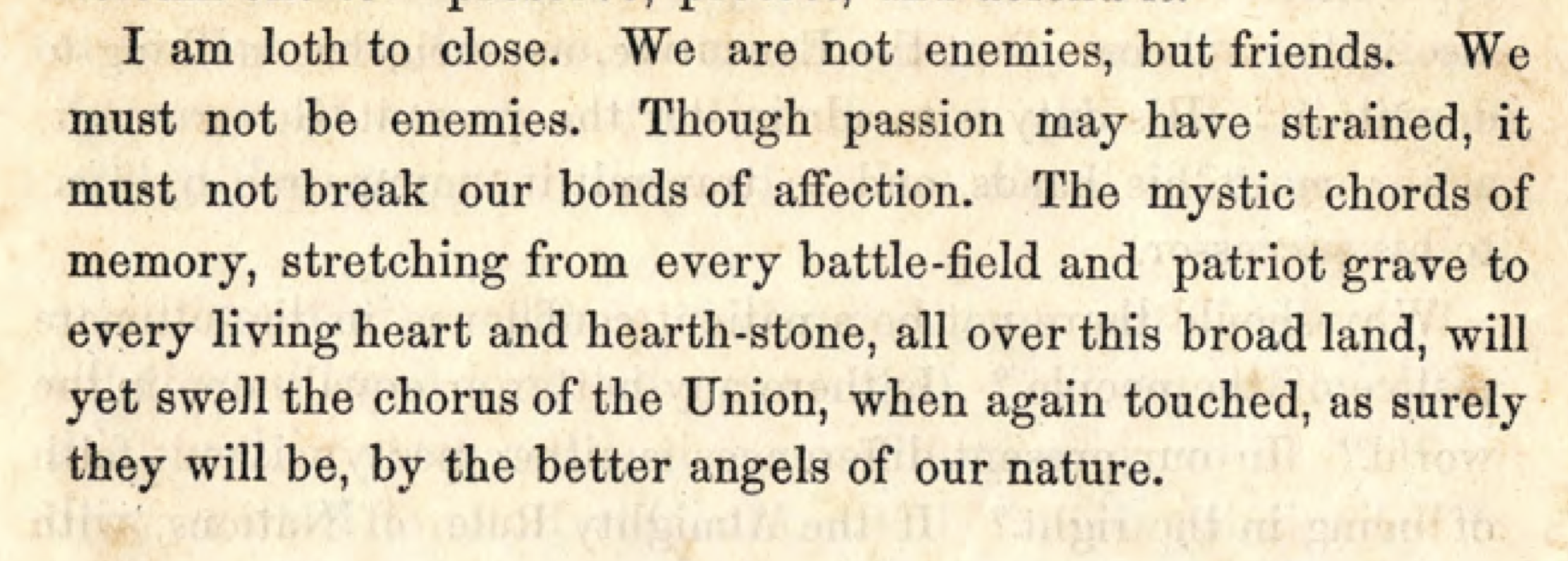


 Follow
Follow

